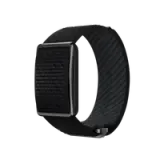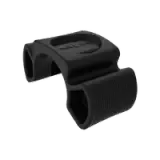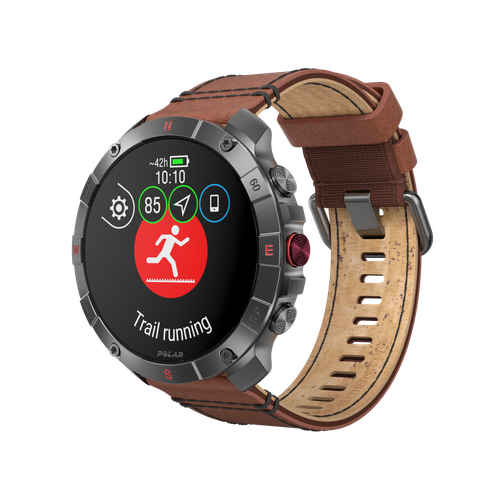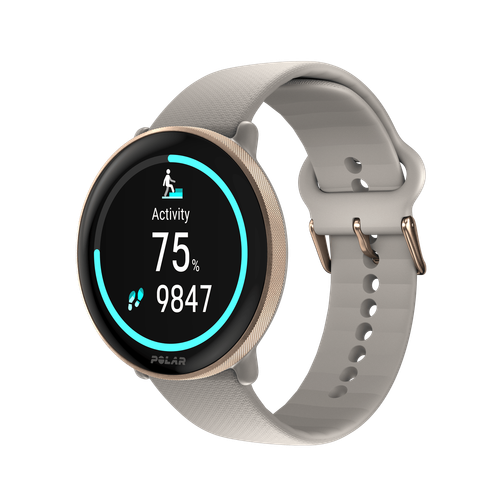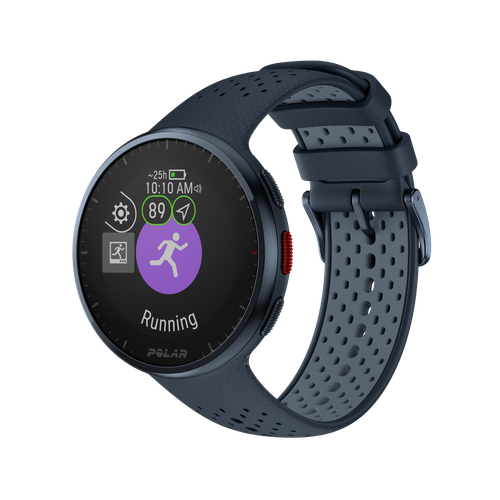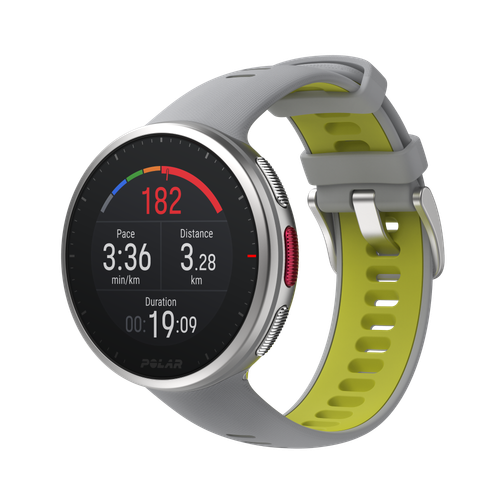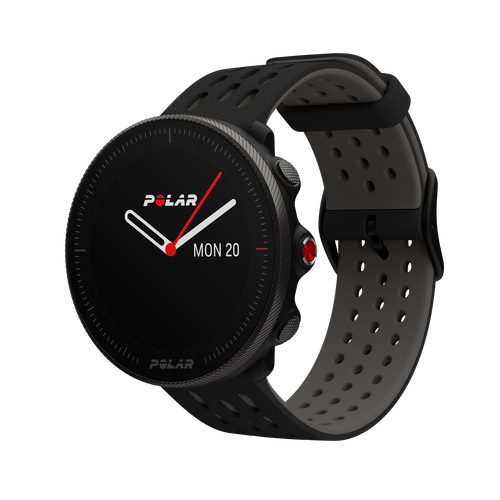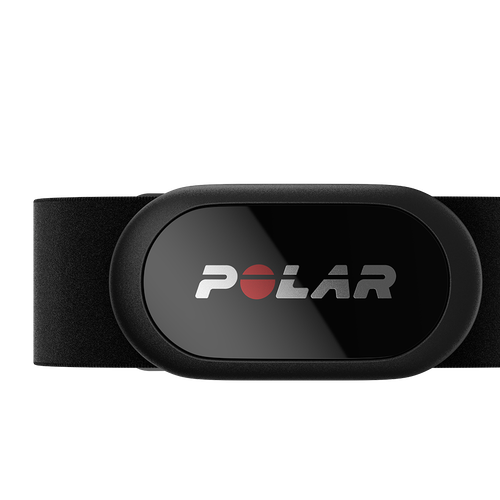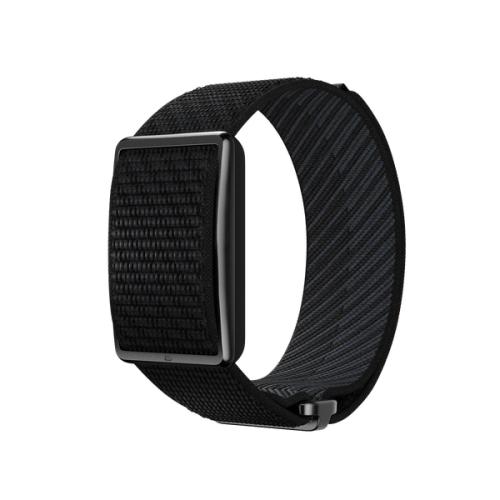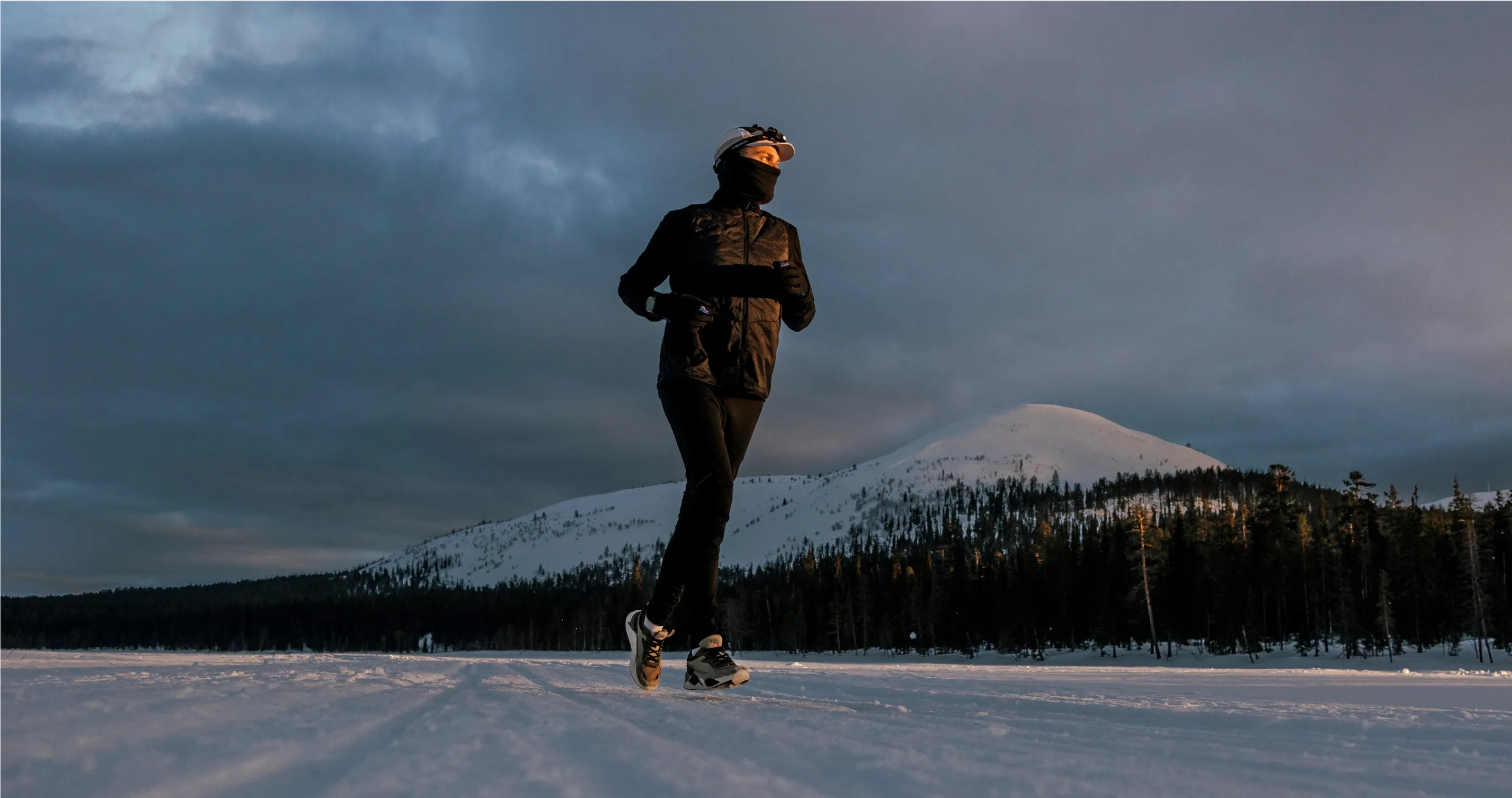Have you ever felt like your body was turning into a human popsicle during your winter runs? Or maybe you've wondered if those icy dips in the lake are really worth the risk? Working out in the cold can truly give you some "WTAF am I doing?" moments when it feels like the weather has taken a turn against you.
But don't lose hope when the days become shorter. Instead, let's explore the science behind staying warm, healthy, and performing your best in frigid conditions. From wearing the right gear to handling the physiological challenges, we'll uncover the secrets to conquering the chill and making the most of your winter training. So, bundle up and get ready to embrace the cold!
What happens to our bodies?
Our bodies are like sophisticated thermostats, constantly working to maintain an optimal internal temperature. It's especially true when we venture into cold environments, where a complex dance between heat production and heat loss takes center stage. So, what exactly happens to our bodies when we exercise in the cold?
A 2021 review of the physiological impact of cold exposure, published in the International Journal of Environmental Research and Public Health, delved deep into the effects of cold weather on athletic performance. It underscores the importance of understanding and mitigating the risks associated with exercising in cold environments.
Let's take a look at what happens to specific parts of our bodies.
Thermoregulation on High Alert
Humans are champions of thermoregulation, boasting a suite of mechanisms to adapt to a wide range of environmental temperatures, particularly the cold. When the mercury drops, one of the first things you'll notice is the constriction of your blood vessels. This reaction is a strategic maneuver by your body to prioritize heat conservation in your core. While it keeps your vital organs warm, it can also mean less blood flow – and therefore less oxygen – reaching your extremities, making them feel cold and numb.
Humans are champions of thermoregulation, boasting a suite of mechanisms to adapt to a wide range of environmental temperatures, particularly the cold.
Heart Rate and Breathing Up the Ante
To compensate for this reduced blood flow to your muscles, your body ramps up its efforts in other areas. Your heart rate increases, pumping more blood throughout your system to deliver much-needed oxygen to your muscles. Similarly, your breathing rate goes up, allowing you to take in more oxygen with each breath. This increased activity helps counter the heat loss caused by the cold environment.
Core Temperature Takes a Dip
Despite these efforts, your body temperature may still dip in cold weather. Cooler muscle temperatures can significantly impact performance, especially for activities like sprinting or weightlifting. Studies suggest even a 1°C (0.6°F) drop in muscle temperature can translate to a 4-6% decrease in power output and VO2 max (the maximum amount of oxygen your body can utilize during exercise). This effect becomes more pronounced with further drops in temperature. Colder muscles also experience higher lactate levels, a byproduct of energy production that can contribute to fatigue.
One of the most noticeable reactions to cold is shivering. While it may feel unsettling, shivering is actually your body's built-in furnace.
Shivering: A Necessary Evil
One of the most noticeable reactions to cold is shivering. While it may feel unsettling, shivering is actually your body's built-in furnace. These involuntary muscle contractions generate heat, helping to maintain your core temperature. However, shivering comes at a cost. It can significantly increase your energy expenditure – potentially doubling your metabolic rate. Additionally, shivering can disrupt muscle coordination and even lead to fatigue, further hindering your performance.
Hypothermia: The Looming Threat
Exercising in the cold comes with an inherent risk – hypothermia. This condition occurs when your body loses heat faster than it can produce it, leading to a dangerously low core temperature. The risk of hypothermia increases significantly in cold weather, especially if you're not dressed appropriately. Symptoms include confusion, slurred speech, and uncontrollable shivering. If you experience any of these, it's crucial to seek medical attention immediately.

A Silver Lining: Cold Workouts and Brown Fat
The news isn't all bad when it comes to exercising in the cold. Studies suggest that cold exposure can trigger the transformation of white fat, particularly belly and thigh fat, into calorie-burning brown fat. Brown fat plays a crucial role in heat production, and its activation can potentially enhance metabolism and even aid in weight management. Additionally, winter workouts can provide much-needed sunlight exposure, which can help combat seasonal affective disorder (SAD), a type of depression often experienced during the winter months.
How cold affects performance
Exercising in cold weather presents a unique set of challenges for athletes across various disciplines. From running and skiing to swimming and cycling, the frigid temperatures can significantly impact performance.
A 2024 study published in the Journal of Applied Physiology sheds light on the significant impact of cold weather on endurance athletes. Researchers found that even mild hypothermia can dramatically reduce endurance capacity, challenging the previous notion that cold weather had little effect on athletic performance.
The study involved pre-cooling participants before a cycling endurance test. The results were striking: time to exhaustion decreased significantly as participants' core temperatures dropped. Even skin cooling alone was enough to reduce endurance by about 30%, while core cooling led to an additional 30-40% decrease.
These findings highlight the importance of maintaining core temperature during cold weather exercise. The study suggests that athletes should take precautions to stay warm, such as wearing appropriate clothing and avoiding prolonged exposure to freezing conditions. Additionally, it emphasizes the need for further research to understand better the mechanisms underlying cold weather's impact on endurance performance.
Enjoying this article? Subscribe to Polar Journal and get notified when a new Polar Journal issue is out.
Subscribe
Another Silver Lining: Cognitive Focus
It's also important to note that while cold stress can negatively affect visual acuity, alertness, and reflexes, habitual exposure to cold environments can potentially enhance your cognitive focus. Translation: athletes who regularly train in chilly conditions may have an advantage in terms of mental sharpness and decision-making.
How Cold is Too Cold for Exercise?
The answer to this question is complex and depends on several factors, including your individual tolerance to cold, the type of exercise you're doing, and the overall weather conditions. Some people find the weather too cold for running when the thermometer dips below 14°F (-10°C), while others can happily go down to -4°F (-20°C). However, in these conditions, it's essential to be cautious and avoid overly strenuous workouts.
The first rule of winter workouts is to lower the intensity of your training sessions as it gets colder. That will help prevent injuries and ensure you're not pushing yourself too hard. It's also important to dress in layers and to stay hydrated.
It's also important to be aware of the risks of exercising in extreme cold. If the temperature is below freezing, again a reminder that there is a risk of hypothermia, which can be life-threatening. If you're not sure whether it's safe to exercise in the cold, it's best to err on the side of caution and stay indoors.
Ultimately, the decision of whether or not to exercise in the cold is up to you. If you're unsure, it's a good idea to consult with your doctor or a certified personal trainer.
undefined

Polar Vantage V3
Premium Multisport Watch
An ensemble of biosensing instruments, AMOLED display, dual-frequency GPS, maps, and the most comprehensive suite of training and recovery tools on the market. The stage is set, and the Polar Vantage V3 smart sports watch is ready to put in the performance of a lifetime.
Ready for the big chill?
Exercising in cold weather offers a unique opportunity to challenge your body and stay active year-round. However, as we've discussed, it's essential to approach it with caution and awareness. By understanding the physiological changes that occur in cold environments, dressing appropriately, staying hydrated, and listening to your body, you can safely enjoy the benefits of winter workouts.
Remember, pushing yourself too hard can be counterproductive, so prioritize your safety and well-being. With proper preparation and precautions, you can maximize your winter training and reap the rewards of a healthy lifestyle.
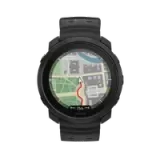 Polar Vantage M3
Polar Vantage M3
 Polar Grit X2 Pro Titan
Polar Grit X2 Pro Titan
 Polar Grit X2 Pro
Polar Grit X2 Pro
 Polar Grit X2
New
Polar Grit X2
New
 Polar Vantage V3
Polar Vantage V3
 Polar Ignite 3
Polar Ignite 3
 Polar Pacer Pro
Polar Pacer Pro
 Polar Pacer
Polar Pacer
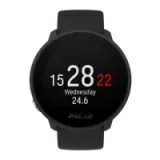 Polar Unite
Grit X Series
Vantage Series
Pacer Series
Ignite Series
Polar Unite
Grit X Series
Vantage Series
Pacer Series
Ignite Series
